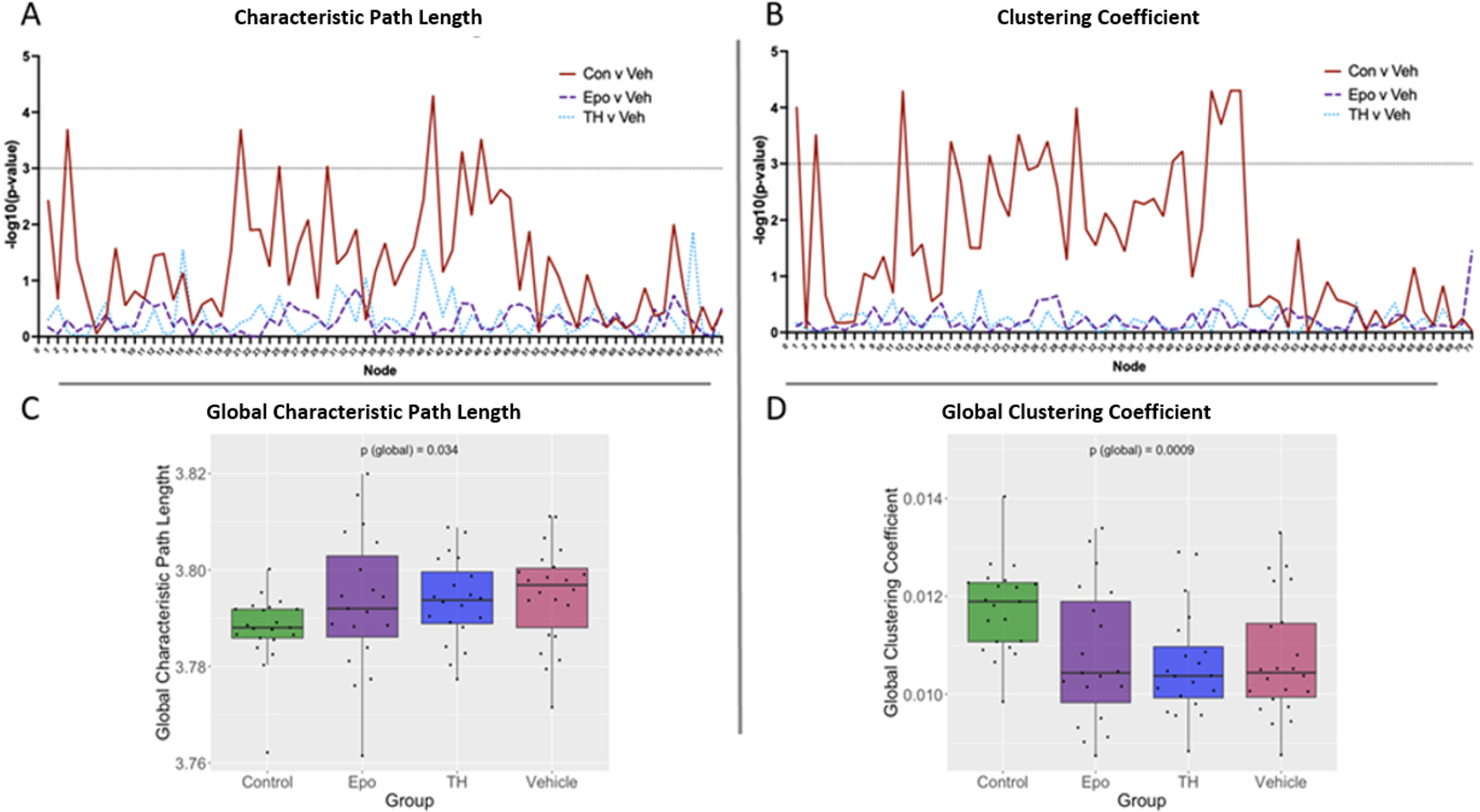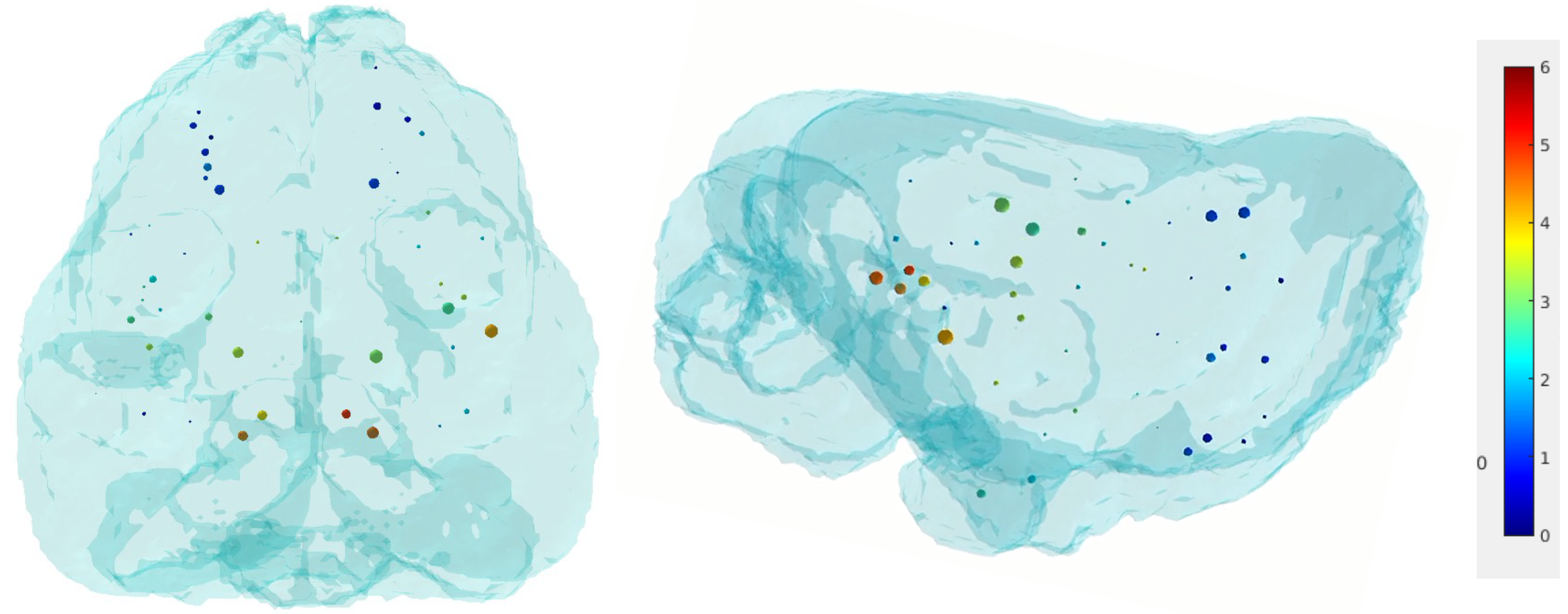Neonatal Neurology 7: Pre-Clinical 1
Session: Neonatal Neurology 7: Pre-Clinical 1
013 - Brain Connectivity in a Late Preterm Model of Hypoxic Ischemic Encephalopathy
Monday, April 28, 2025
7:00am - 9:15am HST
Publication Number: 13.4174
Janessa Law, University of Washington and Seattle Children's Hospital, Seattle, WA, United States; Kylie Corry, University of Washington School of Medicine, Seattle, WA, United States; Daniel Moralejo, University of Washington School of Medicine, Seattle, WA, United States; Sandra E. Juul, University of Washington, Seattle, WA, United States; Todd L. Richards, University of Washington, Edmonds, WA, United States; Thomas R. Wood, University of Washington School of Medicine, Seattle, WA, United States

Janessa Law, MD (she/her/hers)
Associate Professor
University of Washington and Seattle Children's Hospital
Seattle, Washington, United States
Presenting Author(s)
Background: Hypoxic ischemic encephalopathy (HIE) is estimated to occur in up to 9/1000 infants born preterm. Neurodevelopment following HIE has been linked to both white matter injury and disruption of connectivity. While therapeutic hypothermia (TH) is used for HIE in term infants, its safety and effectiveness in preterm infants remains controversial and inconclusive, spurring study of alternative therapies such as erythropoietin (Epo). In a ferret model of preterm HIE, neuropathology demonstrated white matter neuroprotection by Epo but not TH.
Objective: In a late preterm ferret model of HIE, evaluate the effect of HIE, TH, and Epo on three measures of brain connectivity: characteristic path length (CPL), clustering coefficient (CC), and assortativity coefficient (AC).
Design/Methods: Late preterm equivalent, postnatal day 17 (P17), ferrets were exposed to lipopolysaccharide-sensitized hypoxic–ischemic/hyperoxic (HIH) brain injury followed by treatment with TH, Epo, or saline vehicle (Veh). Sacrifice and ex vivo diffusion MRI were performed at early childhood equivalent age (P42). We measured the CPL, CC, and AC from 71 brain nodes as well as global means for each brain using FSL’s probtrackx2 software and the brain connectivity toolbox. Statistical analysis was performed using linear regression with robust standard errors comparing CPL, CC, and AC in the control, TH, and Epo groups to Veh-treated HIH animals.
Results: N=82 ferrets with ex vivo MRIs were included: n=21 littermate controls, and n=61 that underwent HIH and were randomized to TH (n=20), Epo (n=19), or Veh (n=22) treatment. Accounting for multiple comparisons, n=7 nodes had significantly longer CPLs, n=14 had significantly lower CCs (Figure 1 A-B), and n=1 had a significantly higher AC in the Veh group compared to control (Figure 2), with no significant effect of TH or Epo. After HIH, global CPL was also significantly longer (p=0.011) and global CC significantly lower (p=0.003) in Veh compared to control, with no significant effect of TH or Epo (Figure 1 C-D).
Conclusion(s): In a ferret model of late preterm HIE, longer CPL and lower CC compared to control animals suggests impaired global and regional connectivity. However, the lack of effect of HIE on AC implies that neural network resilience was not impacted by injury. Minimal effect of treatment with either TH or Epo on neural networking measures was seen.
Figure 1: Nodewise (A-B) and global (C-D) characteristic path length (A,C) and clustering coefficient (B,D) across 71 nodes.
 Manhattan plots (A-B) display p-values from linear regression with robust standard error comparing all groups to vehicle-treated animals (Veh). To account for multiple comparisons, p-values <0.001 were considered statistically significant, signified by any node/comparison with a corresponding point above the horizontal gray line. Box plots (C-D) show global aggregated metrics across all 71 nodes, with p-values from a global F-test across all groups. One node had a significantly higher assortativity coefficient in the Veh group compared to control, with no significant effect of TH or Epo.
Manhattan plots (A-B) display p-values from linear regression with robust standard error comparing all groups to vehicle-treated animals (Veh). To account for multiple comparisons, p-values <0.001 were considered statistically significant, signified by any node/comparison with a corresponding point above the horizontal gray line. Box plots (C-D) show global aggregated metrics across all 71 nodes, with p-values from a global F-test across all groups. One node had a significantly higher assortativity coefficient in the Veh group compared to control, with no significant effect of TH or Epo.Figure 2: Nodal comparison between controls and vehicle-treated animals for a) clustering coefficient Z-score represented by the color bar, and b) assortativity with size of node illustrative of Z-score.


